Have you ever wondered why some foods seem to spoil so quickly at room temperature? Many items we typically store in pantries or on countertops actually stay fresh much longer when kept cold. Proper food storage not only saves money by reducing waste but also preserves flavor and nutritional value. Here are some unexpected foods that benefit from refrigeration, even when conventional wisdom might suggest otherwise.
1. Artisan Bread Stays Mold-Free
Contrary to popular belief, refrigerating bread can be a smart move, especially for preservative-free artisan loaves. While bakeries recommend room temperature storage for day-of consumption, the fridge significantly delays mold growth, particularly in humid environments.
Yes, refrigeration can accelerate staling, but here’s the trick: only refrigerate what you won’t eat within 2-3 days. The cold temperature firms up the starches, making the texture slightly harder.
Simply toast refrigerated slices before eating to restore that delightful texture and enhance the flavor. For longer storage, freezing bread works even better – just slice before freezing so you can thaw only what you need. Your wallet and taste buds will appreciate this simple hack!
2. Nuts Stay Fresh and Flavorful
Those crunchy walnuts, almonds, and cashews sitting in your pantry? They’re secretly begging for a cooler home. Nuts contain natural oils that turn rancid when exposed to warm temperatures and light for too long.
Refrigeration slows this oxidation process dramatically, extending their shelf life from weeks to months. For even longer storage, the freezer works wonders without affecting texture or taste.
Store your nutty treasures in airtight containers to prevent them from absorbing other food odors. This simple change preserves both the nutritional benefits and that satisfying crunch we all love. Your future self will thank you when those expensive pine nuts still taste perfect months after purchase!
3. Apples Keep Their Crunch
Ever bite into an apple that’s been sitting in a fruit bowl for weeks? That mealy texture is completely avoidable! Apples stored in the refrigerator stay crisp and juicy for up to 6-8 weeks, compared to just 1-2 weeks at room temperature.
The cold environment slows down the ripening process and prevents them from becoming soft and grainy. Just remember to keep apples in the crisper drawer, ideally in a perforated plastic bag that maintains humidity while allowing ethylene gas to escape.
Speaking of ethylene – apples release this ripening hormone, which can cause nearby produce to spoil faster. Store them separately from other fruits and vegetables when possible, especially ethylene-sensitive items like broccoli and leafy greens. Your morning apple habit just got crunchier!
4. Cut Onions Need Cooling
The humble onion transforms from pantry staple to refrigerator necessity the moment you make that first cut. While whole onions thrive in cool, dry, ventilated spaces like pantries, half-used onions deteriorate rapidly at room temperature.
Once cut, onions expose their moist interior to air, becoming a magnet for bacteria and mold. Refrigeration dramatically slows this process, extending usability from a few hours to several days. Wrap cut onions tightly in plastic or store in airtight containers to prevent their potent aroma from permeating everything else.
This storage method also preserves the onion’s crisp texture and pungent flavor. Bonus tip: store cut onions away from potatoes even in the fridge, as they release gases that speed each other’s spoilage. Your eyes may tear up during chopping, but you’ll smile at the savings!
5. Peeled Garlic Lasts Longer Cold
Garlic’s papery skin acts as natural armor, allowing whole heads to stay fresh for months in a cool, dry pantry. Strip away this protection, however, and the clock starts ticking much faster on freshness.
Peeled or chopped garlic benefits tremendously from refrigeration, extending its shelf life from days to weeks. Store peeled cloves in a small jar with olive oil for convenient cooking and added flavor preservation. For minced garlic, an airtight container prevents that potent aroma from colonizing everything in your fridge.
Roasted garlic, with its sweet, caramelized flavor, deserves special treatment. Refrigerate it submerged in olive oil for up to two weeks of culinary delight. Just remember that garlic stored in oil must always be refrigerated to prevent dangerous bacteria growth. Your future pasta dishes will thank you!
6. Ripe Bananas Welcome the Chill
Found yourself with too many perfectly ripe bananas? Instead of frantically baking banana bread, try refrigeration! While underripe bananas should stay at room temperature to develop their sweetness, once they’ve reached peak ripeness, the refrigerator becomes their best friend.
Sure, the peels will turn an unappealing dark brown or black in the cold – but don’t panic! The fruit inside remains perfectly good for days longer than it would on your counter. The cold temperature slows the ripening process dramatically, preserving that ideal sweetness and texture.
For smoothie lovers, peeling and freezing ripe bananas extends their life even further. Cut them into chunks before freezing for easy blending later. This simple trick saves money and reduces food waste, turning potential compost into future breakfasts!
7. Natural Peanut Butter Stays Smooth
That layer of oil floating atop your natural peanut butter isn’t just annoying to mix – it’s a sign that refrigeration might be your best bet! Unlike conventional peanut butter loaded with stabilizers, natural varieties separate because they contain only peanuts and maybe a touch of salt.
Refrigeration slows this separation process significantly. The cold temperature keeps the natural oils more integrated with the solids, meaning less stirring and a more consistent texture. As a bonus, cold storage also prevents the oils from turning rancid, which can happen surprisingly quickly in warm weather.
Just remember to let refrigerated peanut butter sit out for 10-15 minutes before using for easier spreading. For the truly dedicated, store the jar upside down in the fridge – this helps the oils distribute evenly through the butter instead of pooling on top!
8. Dark Chocolate Deserves Cold Storage
That premium dark chocolate bar deserves better than languishing in your pantry during summer months! High-quality chocolate, especially varieties with higher cocoa content, contains cocoa butter that melts at just below body temperature – making it vulnerable to heat damage.
Refrigeration protects chocolate from developing that whitish coating called ‘bloom’ – which happens when cocoa butter separates due to temperature fluctuations. While bloom doesn’t make chocolate unsafe, it does affect texture and appearance. Store chocolate in airtight containers or sealed bags before refrigerating to prevent it from absorbing odors from other foods.
For the best tasting experience, allow refrigerated chocolate to come to room temperature before enjoying. This releases the complex flavors and aromas that make fine chocolate so delightful. Your sophisticated palate and wallet will appreciate this simple preservation technique!
9. Coconut Oil Stays Fresh When Chilled
That jar of coconut oil sitting on your counter might look fine, but it could be quietly deteriorating! While stable compared to many oils, coconut oil still contains fats that can go rancid over time, especially in warm environments.
Refrigeration significantly extends coconut oil’s shelf life from months to years by slowing oxidation. Don’t worry about the solid state it takes on when cold – that’s completely normal and doesn’t affect quality. The oil returns to liquid quickly at room temperature or when heated.
For those in warmer climates, refrigeration is particularly important as heat accelerates spoilage. Store in glass rather than plastic containers for best results, and enjoy the peace of mind knowing your culinary investment remains fresh longer. Your future baking projects and beauty routines will benefit from this simple storage upgrade!
10. Flax and Chia Seeds Need Cooling
Those tiny nutritional powerhouses in your pantry are actually quite fragile! Flax and chia seeds contain delicate omega-3 fatty acids that break down quickly at room temperature, potentially turning rancid before you’ve used the package.
Refrigeration dramatically slows this degradation process, preserving both flavor and nutritional benefits. The difference is significant – at room temperature, ground flaxseed might last just 1-2 weeks, while refrigeration extends this to several months. Whole seeds last longer than ground forms in any environment, but both benefit from cold storage.
Store these seeds in airtight, opaque containers to protect them from light, which can further accelerate spoilage. For maximum longevity, the freezer works even better than the fridge. Your morning smoothie deserves fresh, nutritious ingredients – not oxidized ones with diminished health benefits!
11. Fresh Herbs Thrive in Cold Water
Watching expensive bunches of cilantro, parsley, or basil wilt within days? Transform your herb storage approach! Fresh leafy herbs stored properly in the refrigerator can last weeks instead of days.
Treat herbs like the living plants they are by trimming the stems and standing them upright in a jar with an inch of water, like flowers. Cover loosely with a plastic bag to create a mini greenhouse effect that maintains humidity while allowing some airflow. Place this setup in the refrigerator door where temperatures are slightly warmer.
Change the water every few days if it becomes cloudy. For basil, which is especially sensitive to cold, the countertop works better than refrigeration. This method not only extends freshness but keeps herbs accessible and visible, encouraging you to actually use them before they spoil!
12. Real Maple Syrup Avoids Mold
That bottle of genuine maple syrup represents hours of careful evaporation and craftsmanship – protect your liquid gold with proper storage! Unlike artificially flavored pancake syrups loaded with preservatives, real maple syrup is surprisingly vulnerable to mold growth once opened.
Refrigeration prevents mold spores from developing in this natural product. The cold temperature significantly extends shelf life from a few weeks at room temperature to many months in the fridge. Don’t worry about crystallization – if sugar crystals form, simply warm the syrup gently to dissolve them.
For long-term storage, freezing works beautifully without affecting quality. Maple syrup won’t freeze solid due to its high sugar content, remaining pourable even when frozen. This simple storage change preserves both the delicate flavor profile and your investment in this premium breakfast staple!
13. Corn on the Cob Keeps Its Sweetness
The clock starts ticking on corn’s flavor the moment it’s harvested! Those natural sugars that make fresh corn so delicious begin converting to starch surprisingly quickly at room temperature, resulting in less sweet, more mealy kernels.
Refrigeration dramatically slows this conversion process, preserving that farm-fresh sweetness. For best results, keep corn in its husks in the refrigerator crisper drawer. The husks act as natural packaging, helping maintain moisture and protecting the delicate kernels.
Try to eat refrigerated corn within 1-2 days for optimal flavor, though it will remain good for up to a week. If you can’t enjoy it immediately, consider blanching and freezing to lock in peak sweetness. This simple storage technique ensures your summer corn remains a sweet treat rather than a starchy disappointment!
14. Open Pickle Jars Stay Crisp
That satisfying crunch when biting into a pickle? Refrigeration helps preserve it! While unopened commercially processed pickles can safely sit on pantry shelves thanks to their acidic brine, everything changes once that seal is broken.
Oxygen exposure can lead to texture changes and the potential growth of yeasts that ferment the sugars in pickle brine, creating off-flavors and a cloudy appearance. Cold temperatures significantly slow this process. Always reseal jars tightly after each use and return them promptly to the refrigerator.
For homemade pickles without preservatives, refrigeration isn’t optional – it’s essential for safety. Quick refrigerator pickles can last several weeks when properly chilled, while their room-temperature counterparts might spoil within days. This simple practice ensures your sandwiches, burgers, and snack plates always feature that perfect pickle crunch!
15. Carrots Revive in Water Baths
Limp, rubbery carrots are a thing of the past with this simple refrigeration trick! While whole carrots can last weeks in the crisper drawer, they often lose moisture and become bendable and unappetizing.
The solution? Store peeled carrots completely submerged in cold water in the refrigerator. This water bath method keeps carrots hydrated and crisp for up to a month – far longer than the typical dry storage method. Just remember to change the water every 4-5 days to prevent bacterial growth.
For baby carrots, which tend to dry out even faster than their larger counterparts, this technique is particularly effective. The cold water storage not only maintains texture but also preserves that bright orange color we associate with freshness. Your salads, snack plates, and crudité platters will thank you for this simple yet effective approach!
16. Cheese Rinds Enhance Future Dishes
Those hardened edges of Parmesan or Pecorino you’re tempted to toss? They’re culinary gold! Cheese rinds add incredible depth and umami to soups, stews, and sauces – but only if stored properly.
Refrigeration prevents mold growth on these flavorful remnants. Store rinds in an airtight container or zip-top bag to prevent them from drying out further or absorbing other refrigerator odors. They’ll keep for weeks this way, ready to enhance your next batch of minestrone or risotto.
For even longer storage, freezing works beautifully – frozen cheese rinds can last up to six months without quality loss. Just toss them directly from freezer to pot when cooking. This practice not only reduces food waste but elevates everyday dishes with minimal effort and cost. Your grandmother would be proud of this thrifty culinary secret!

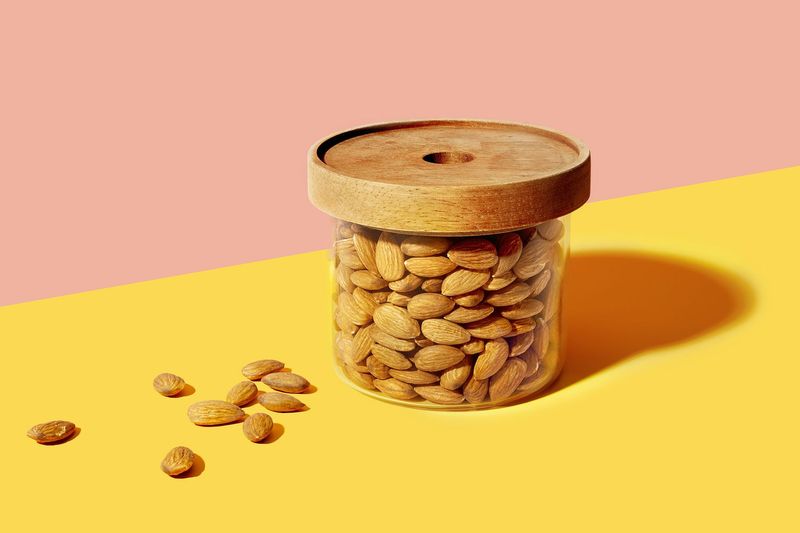

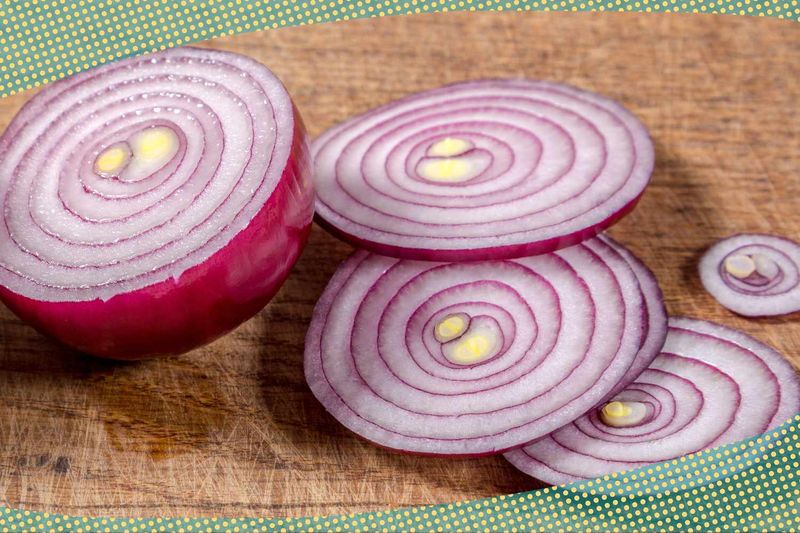
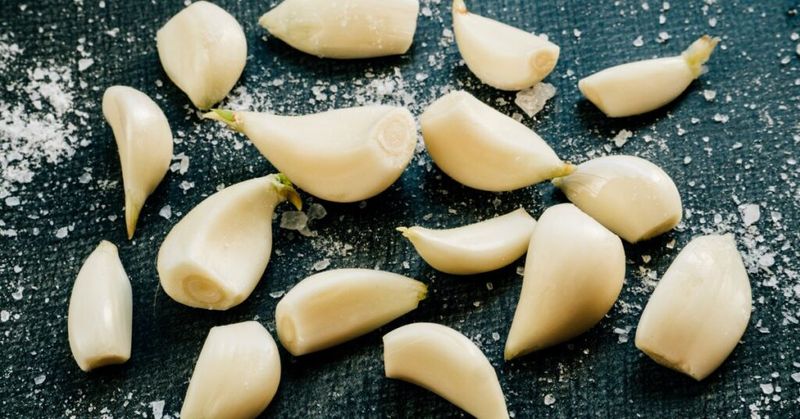

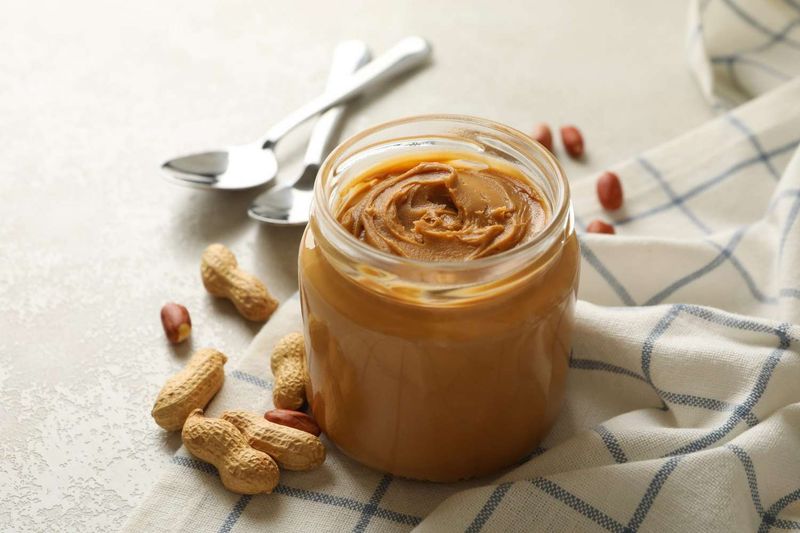
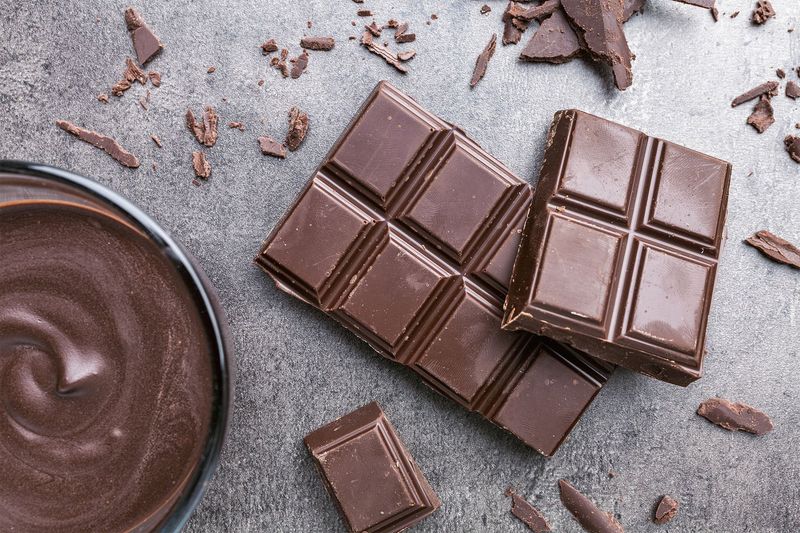
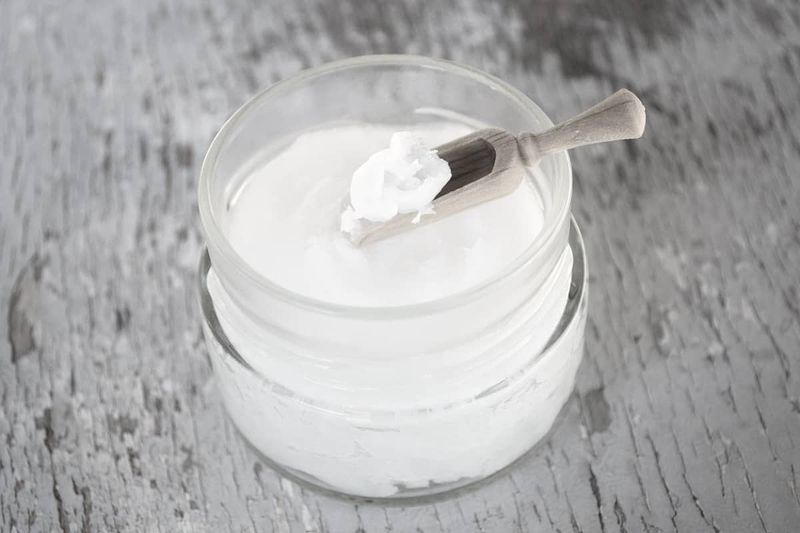
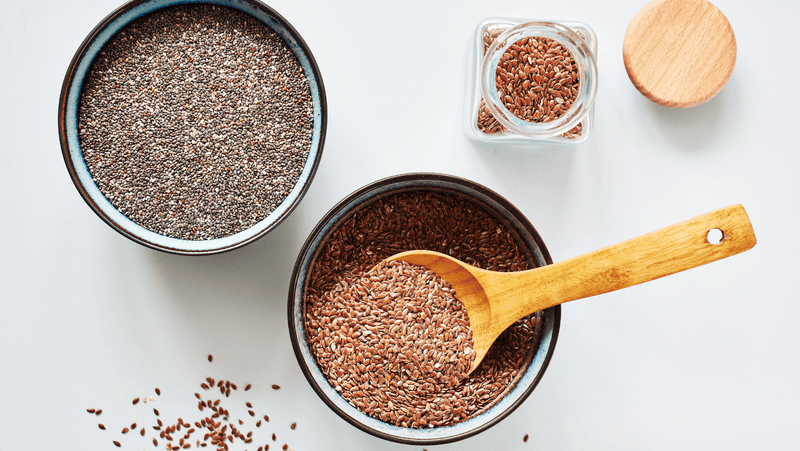
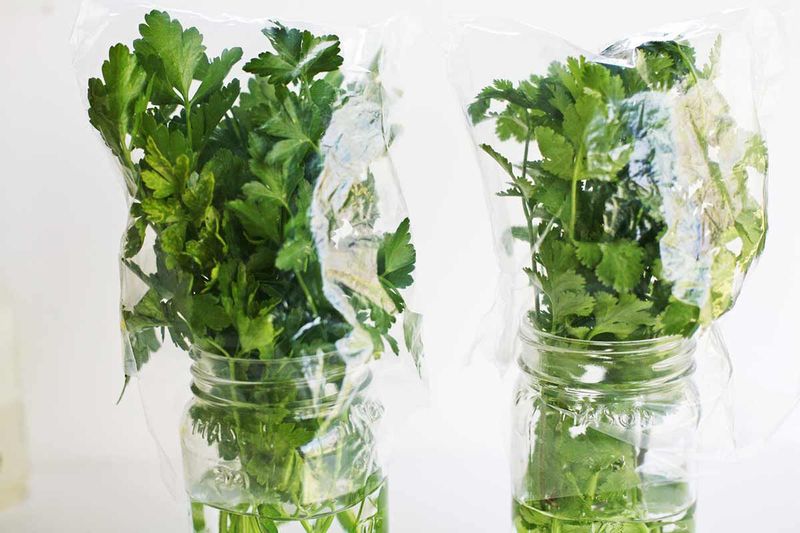


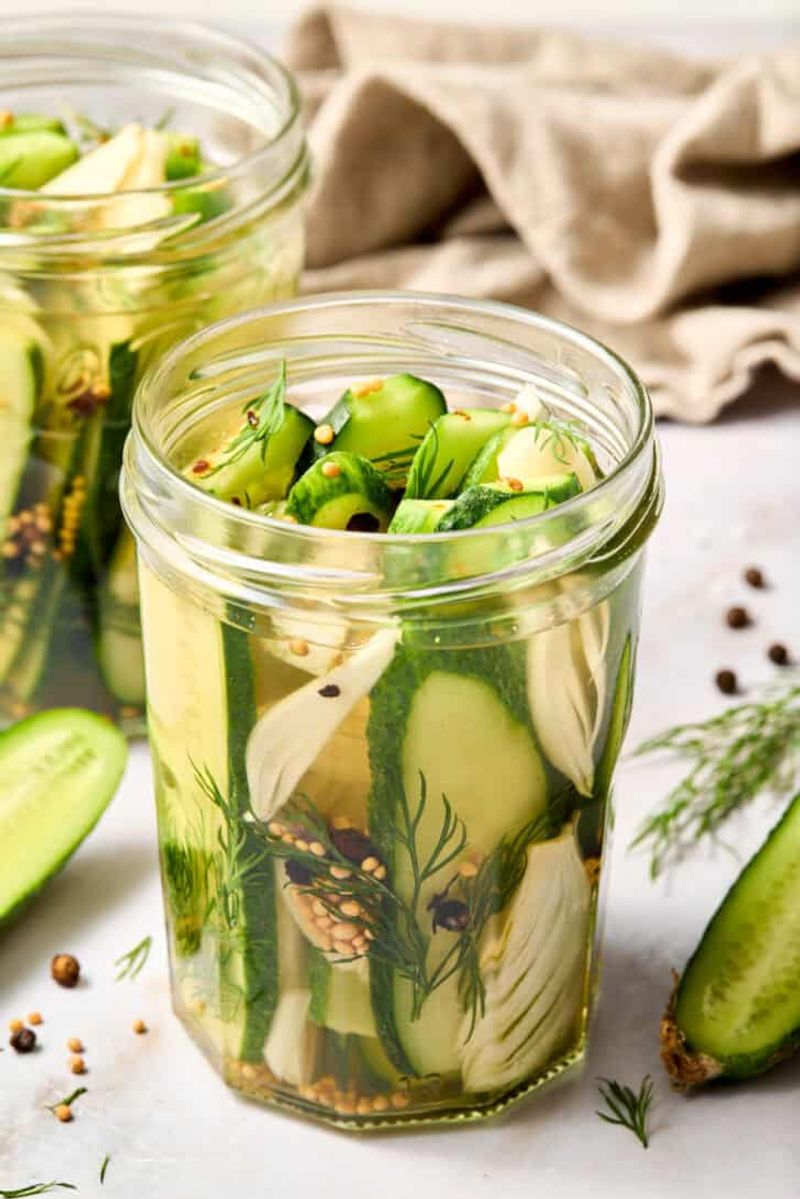
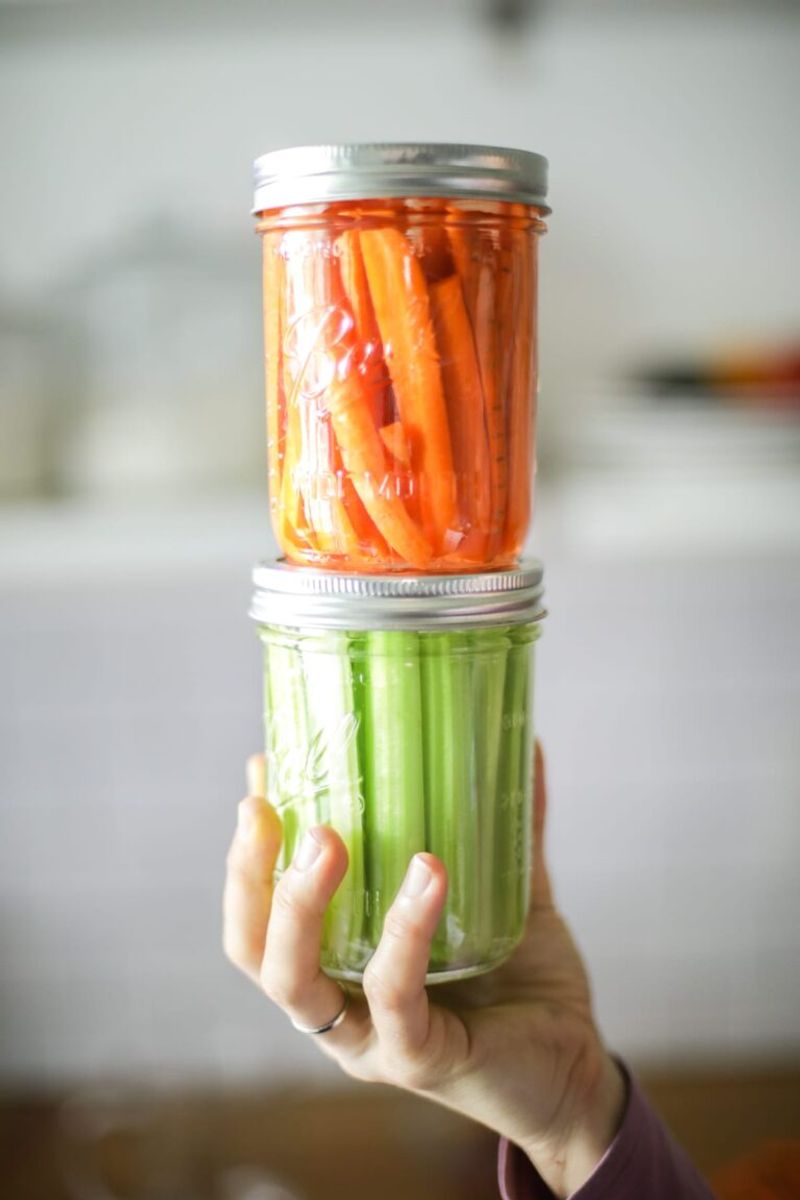

Leave a comment